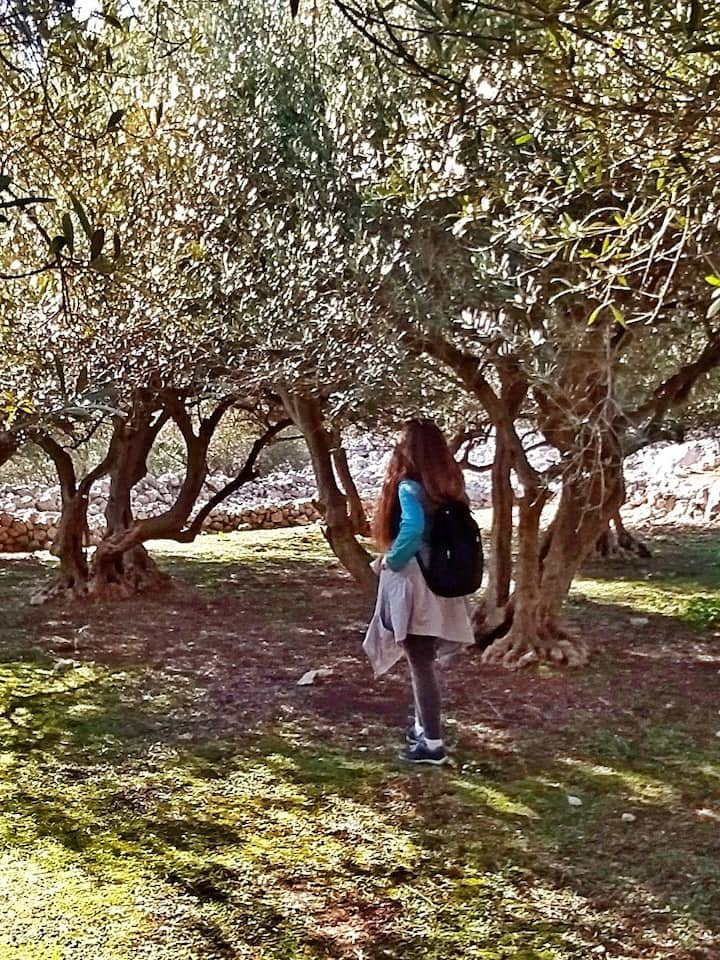Μουσείο
Cres Museum
9 ντόπιοι το προτείνουν,
Συμβουλές από ντόπιους
The Arsan palace, the oldest patrician palace in Cres, was constructed in the place of a former arsan (It. aresenale, shipyard), which is how it got its name “Arsan”. At present it is home to the Cres City Museum. A bronze sculpture of Frane Petrić by Marija Ujević-Galetović stands in front of the museum. The Renaissance scholar Frane Petrić was born in Cres, but his family branch was connected to the nearby Moise palace. The Arsan palace, however, was commissioned by his relative from a different branch of the Petris family, bishop Antonio Marcello de Petris. The construction of first patrician palaces in Cres started in the early 16th century, following the relocation of the seat of the local government from Osor to Cres. Local patrician families started commissioning houses in the new seat: Cres. When it was first constructed, the palace was located at the very edge of the city walls, but today it is surrounded by other houses. The palace is an architectural mix of Gothic and Renaissance styles: its west façade was built in the Gothic style and the south façade reveals Renaissance style. The ground floor space was rented out to craftsmen and tradesmen, while the upper floors were used as living space. The former first-floor master bedroom hides one of the palace’s points of interest: a Renaissance toilet, located in a niche in the wall. The palace has numerous coats of arms – most of them, of course, belonging to the Petris family.
The Arsan palace, the oldest patrician palace in Cres, was constructed in the place of a former arsan (It. aresenale, shipyard), which is how it got its name “Arsan”. At present it is home to the Cres City Museum. A bronze sculpture of Frane Petrić by Marija Ujević-Galetović stands in front of the m…
Μοναδικές δραστηριότητες κοντά σας
Τοποθεσία
7 Ribarska ul.
Cres, Primorsko-goranska županija


